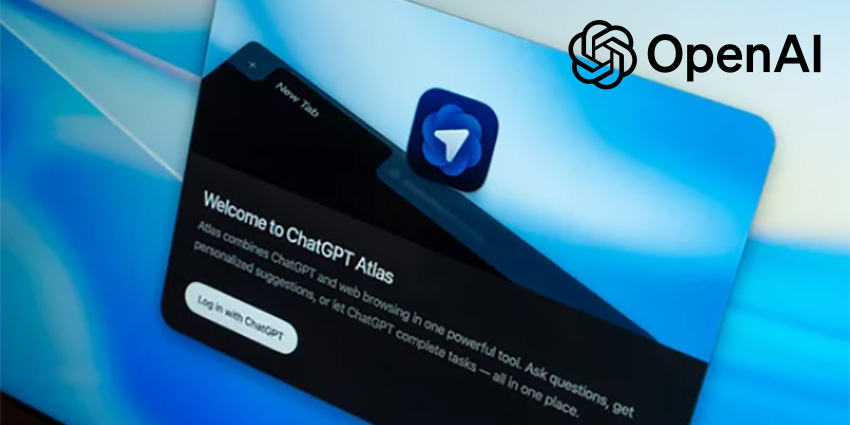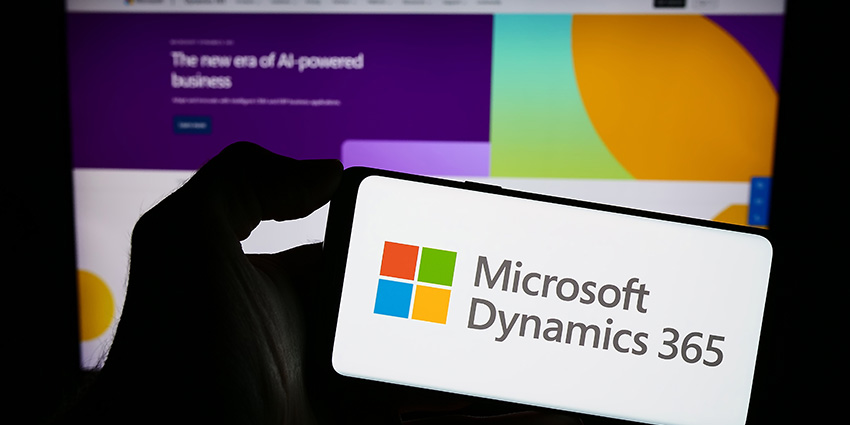The term “AI agent” has become a catch-all for nearly any AI-powered system, from a chatbot to a virtual assistant. But ask 10 people what it means, and you’ll get 10 different answers.
As enterprises attempt to navigate how to integrate agents into their workflows, a more coordinated approach to multi-agent orchestration is emerging, in which multiple agents work together to deliver smoother customer interactions at scale.
There needs to be a demystification around AI agents so that enterprises can move forward with confidence, Garry Ovenell, Regional Vice President Solution Engineering at Talkdesk, told CX Today in an interview on the sidelines of the recent Engage Customer Experience Summit:
“People are talking about AI agents, but they talk about them in the singular. That’s not what it’s about.
“What it’s really about is, how do I take AI agents that are really powerful and really clever at what they do, and orchestrate them just like a conductor within an orchestra to be able to deliver an end-to-end outcome?”
That represents a shift in how enterprises think about the role of AI. More than a tool to provide faster responses, it can deliver a network of agents that work together toward measurable outcomes.
“From an AI perspective, it’s not just about the typical bots or your typical support that an agent may get. It’s about actually, how do I really affect the outcome in a consistent, scalable fashion?” Ovenall said.
“This is where the market should be going, and I think people are beginning to wake up to that.”
Multi-agent orchestration can start with a customer interaction or a trigger from an application. The orchestration platform can then engage the agents, much like human workers, to solve problems. “We’re seeing a lot of trends to start and drive that sort of thing,” Ovenall explained.
The technology is becoming the enabling factor underneath systems that deliver a holistic approach to customer interactions.
“We’re beginning to grow up a little bit. What I mean by that is we’re beginning to realize that the outcomes associated with end-to-end experience and the automation opportunities that sit in that need to be understood before you try and do anything.”
Too often, large enterprises buy tools before defining outcomes. While a majority of enterprises have started implementing AI initiatives, studies show that they are doing so without a clear view of the objectives they want to achieve.
A recent ArvatoConnect survey, for example, found that just 53 percent of businesses gathered end-user insight before making changes, and the same number hadn’t sought feedback on how new systems performed once in place.
“People don’t look far enough ahead to where they want to go. If you say, ‘what are your business goals for the next year, two years, three years?’ sometimes they don’t know that,” Ovenall said.
“Rather than launching AI projects and expecting them to automatically work,” enterprise leaders should “think about where you want to get to… You can always change the destination, but if you don’t have a destination, how can you drive to success?”
The place to start is taking a look at processes, James Mackay, Regional Sales Manager at conversational AI firm Rasa, told CX at the event. “We’ve been through cycles and cycles of large banks who haven’t done that, and they end up choosing a technology that fits their compliance structure rather than the customer outcome they’re trying to drive. That’s really challenging.”
Eating the Elephant One Bite at a Time
From that starting point, enterprises need to prove that their AI implementation projects address specific opportunities to succeed.
“That comes down to not just trialing it, but actually understanding what you’re trying to achieve, what you’re trying to measure, and then going after that. If you go after that in a proof-of-concept fashion, show the success, then that breeds further success,” Ovenall said.
“It’s like the old adage. You don’t try and eat the elephant at once. You try and eat it one bite at a time. There’s a lot of people that have just jumped in and tried to eat the elephant, and it’s failed.”
A much-debated MIT study suggesting that 95 percent of initial AI projects have failed, reflects that enterprises are “dabbling” and not measuring outcomes, Ovenall said, adding that AI is not a “magic bullet.”
“Yes, it’s one piece, and we’ve got some great intelligence out there to be able to have conversations. But just like a human being, we need knowledge to be able to solve problems, and just like human beings, we need a process to be able to follow, to be able to optimize the business outcome we require.”
“The AI engines still need that information. Where do they get that from? If that’s all locked up in your agents’ heads today, how do you get it out in such a form you can exploit it?”
Enterprises need to consider these factors before they get started to ensure that the coding and training they do on the platform will be successful.
Preparing Data for Smarter Multi-Agent Workflows
One of the key challenges to implementing multi-agent orchestration is fear around AI infiltrating customer data, Mackay said. “For these solutions to work, they have to talk to each other. And it’s talking to each other that everyone’s really nervous about.”
In highly regulated industries such as financial services, enterprises may not even want to share customer data between teams.
“It’s a real challenge. You have to make sure [organizations] have got that mapped out. Otherwise, you can have half a project and then they say, ‘actually we’re not allowed to do that’, and that’s it.”
And when enterprises can use data, it’s a challenge to wrangle unstructured information in usable ways. But there are ways to get started, one proverbial bite of the elephant at a time.
“Be honest about it,” Ovenall advises. “Start small. You can’t board the ocean. If you’ve got messy, unstructured data, go find a use case which requires a subset of data that you can understand and capture… and learn from that. There are plenty of tools on the market that will help you structure that data.”
Understanding the limitations of AI in handling data is key. While humans can usually tell when something doesn’t look right, AI lacks those instincts and will simply use the data it’s given. That’s why taking a more deliberate approach to checking and interpreting its outputs is crucial.
Managing AI Agents Like Human Teams
The trick to successful multi-agent orchestration is monitoring.
“Keep an eye on it, treat it just like you would teach a brand-new agent you just employed. You’re going to help them; you’re going to coach them,” Ovenall said.
“Very quickly, they’ll actually get very good, and… you’ll have this AI agent that could scale 10 times, 20 times, 1,000 times, 10,000 times, and it will be your best agent. But then you still have to… look after these tools to make sure they’re doing people right.”
Among the key questions for enterprises incorporating AI into their customer interactions is whether automated agents can truly grasp language and culture to deliver authentic experiences. Understanding words is one thing, understanding idioms, humor, cultural nuance and regional difference is another.
But Ovenall noted that humans can have similar misunderstandings — the answer is to communicate and learn from mistakes.
“You have the same problem with a human agent. They may be able to speak the language, but can they really speak the language, and do they truly understand the culture of people at the other end? That’s a learning process, so treat it as a learning process,” Ovenall said.
“Don’t panic about it, because that would happen in a real world. Just capture it and then iterate for it so that it doesn’t happen a second time.”
Many enterprise buyers remain cautious, continuing to evaluate individual AI agents before going all-in, while the technology is already moving ahead toward orchestration. The challenge is how to adapt and take advantage of these new ways to interact with customers.
“You can’t run away from it… the technology is not going to go anywhere, but how do we use it? We’ve seen this happen in the market a few times. With Netflix coming on and kicking out Blockbuster, you still watch movies.”
Amidst all the change, the need to serve customers is not going anywhere, Ovenall said. “In this space, we’re still going to want help. We’re still going to need to buy things; we’re still to have to service… the way we do it is changing rapidly and the opportunity for both customer and business alike is huge if they’re willing to start jumping and start driving things.”







